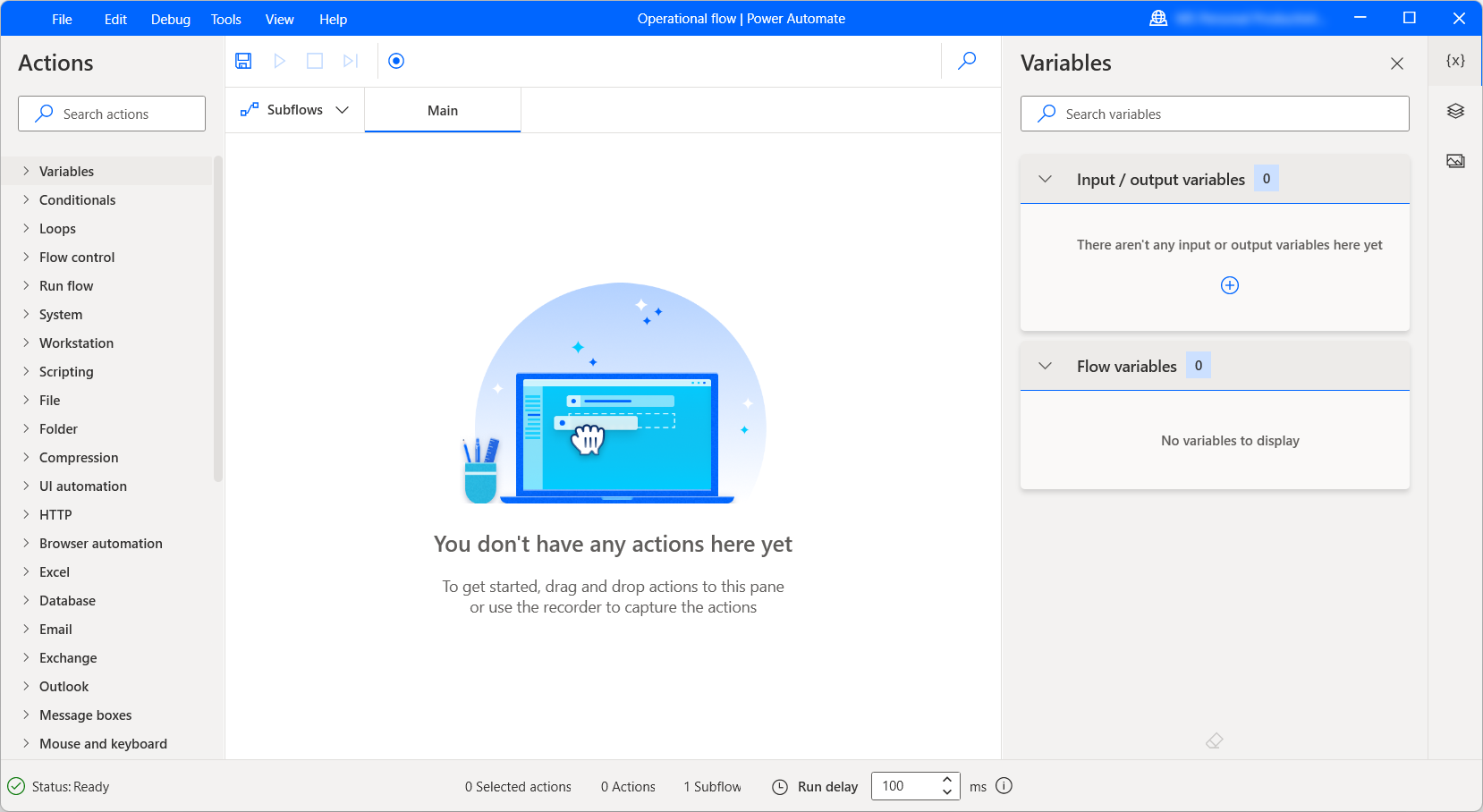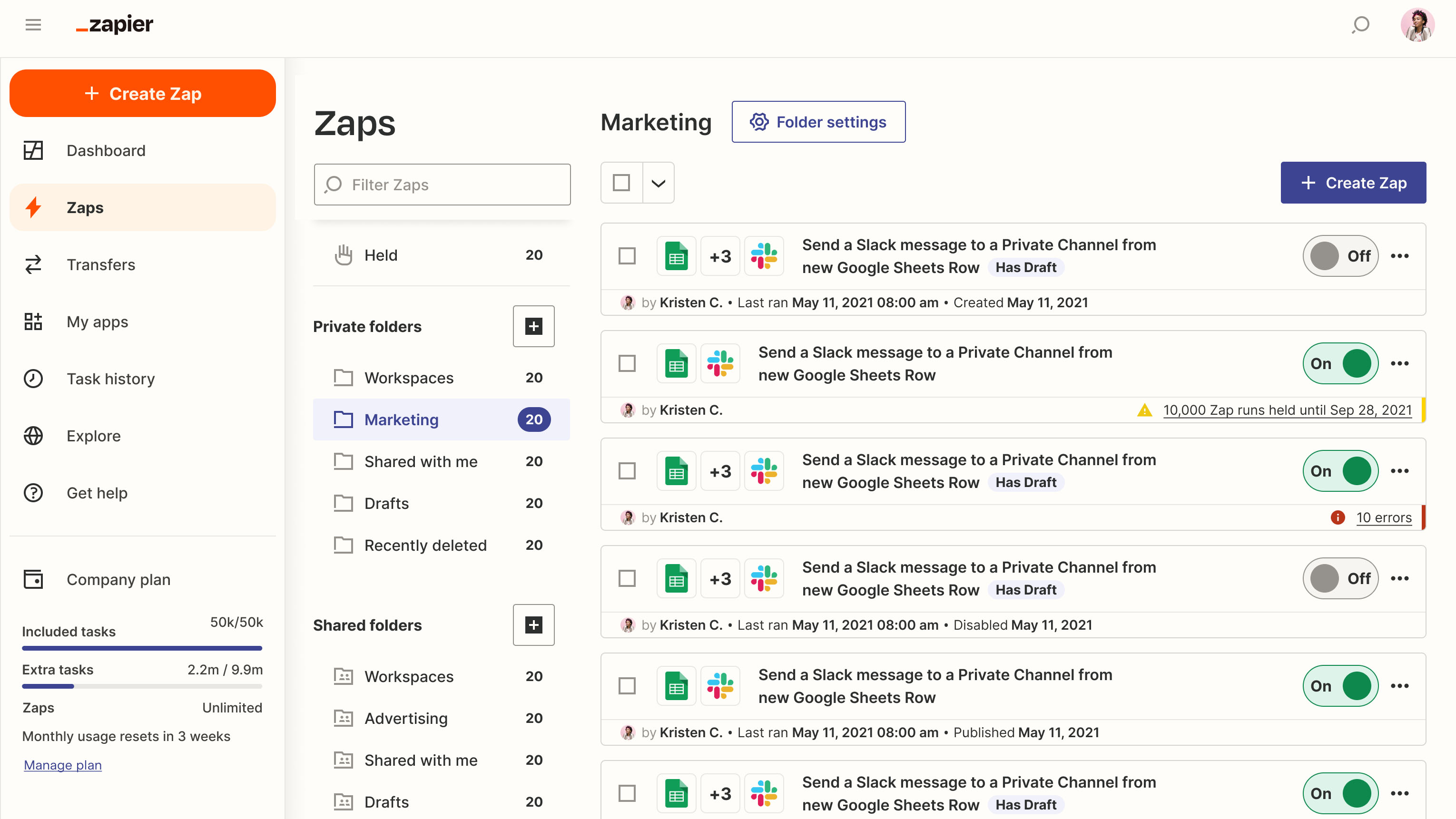Can AI Write Academic Papers Without Human Judgment?



AI is the new conductor of your business workflow, turning complex processes into automated success.
Look, I get it. You're drowning in repetitive tasks, and every "productivity hack" you've tried feels like putting a band-aid on a broken dam. Here's the thing about what is AI automation: it's not another buzzword or trendy solution—it's fundamentally changing how smart people work.
Think about your typical workday. How much time do you spend on tasks that follow predictable patterns? Sorting emails, updating spreadsheets, scheduling meetings, generating reports? If you're like most professionals, it's probably 40-60% of your day. That's where AI workflow automation explained becomes a game-changer.
This isn't about replacing human creativity or judgment—it's about automating daily tasks with AI so you can focus on the work that actually requires your brain. By the end of this guide, you'll understand exactly how to get started, which tools to choose, and how to avoid the common mistakes that trip up beginners.
Get the essential insights from this guide in just 3 minutes! Perfect for busy professionals who want to understand AI automation basics while multitasking.
Duration: 3 minutes | Listen while you read or save for later
Not sure where to begin? Use this guide to find a personalized recommendation based on your needs.
Let's cut through the marketing speak. AI automation basics come down to combining two powerful concepts that complement each other perfectly:
Following predefined rules and triggers. "If this specific thing happens, then do that exact action."
Examples: Email filters, scheduled backups, form submissions
Understanding context, making decisions, and adapting to variations without explicit programming.
Examples: Language understanding, pattern recognition, predictive analysis
When you combine them, you get systems that can handle complex, nuanced tasks that traditional automation couldn't touch. Instead of just moving files from folder A to folder B, AI automation can:
A traditional automation might file all invoices in an "Invoices" folder. An AI automation reads each invoice, extracts the vendor name, amount, and due date, categorizes it by department, checks if the amount needs approval, creates calendar reminders for payment, and sends personalized notifications to the right team members—all automatically.
↑ Watch this comprehensive beginner's guide to AI automation (7:56)
Here are simple AI automation examples that real people and businesses use every day. These aren't theoretical—they're working solutions you could set up this afternoon:
AI reads incoming emails, categorizes them, and automatically drafts personalized responses for routine inquiries.
Extract information from receipts, invoices, or contracts and automatically populate spreadsheets or accounting software.
Generate social media posts, resize images for different platforms, and schedule content across multiple channels.
Handle common customer questions, escalate complex issues to humans, and maintain conversation context.
The pattern here is simple: identify something you do repeatedly that requires some judgment or context understanding, then build a system that can make those same decisions automatically. That's the essence of introduction to automation tools AI offers.
Based on analysis of 2,500+ user reviews and performance benchmarks. Scores are out of 10.
A comprehensive breakdown of what each platform offers. Updated monthly based on new feature releases.

Zapier's clean interface makes it easy to create complex automations without technical expertise.

Make's visual builder offers powerful branching logic for complex automations.

Power Automate's designer integrates seamlessly with the Microsoft ecosystem.

IFTTT's mobile-first approach is perfect for personal automation.
| Feature | Zapier | Make (Integromat) | Power Automate | IFTTT |
|---|---|---|---|---|
| AI Integration | Native ChatGPT, Claude, Anthropic | OpenAI, Azure AI, Custom APIs | Azure Cognitive Services | Limited AI features |
| Pricing (Basic) | $19.99/mo (750 tasks) | $9/mo (1,000 ops) | $15/mo (per user) | Free (Pro: $3.99/mo) |
| Learning Curve | 2-3 hours for basics | 6-8 hours for proficiency | 4-6 hours (MSFT experience) | 30 minutes |
| App Integrations | 5,000+ apps | 1,400+ apps | 400+ connectors | 700+ services |
| Complex Logic | Advanced (paths, filters) | Expert-level (routers, iterators) | Advanced (conditions, loops) | Basic (if-then) |
| Best For | Small to medium business | Complex, technical automations | Microsoft-heavy organizations | Simple personal automations |
My honest take: I've used all of these extensively. Zapier wins for most business use cases because of its balance of power and simplicity. Make is incredibly capable if you don't mind the learning curve. Power Automate is fantastic if you're already deep in Microsoft's ecosystem. IFTTT is perfect for testing the waters but you'll quickly outgrow it.
Let's create an AI-powered email classifier that automatically sorts your inbox and drafts responses. This is perfect for automating daily tasks with AI.
Connect your email account to Zapier. Choose "New Email" as your trigger—this fires every time an email hits your inbox.

Add a "ChatGPT" action and provide a prompt to classify the email as URGENT, ROUTINE, CUSTOMER_INQUIRY, or SPAM.

Use Zapier's Path feature to handle each classification differently (e.g., send SMS for URGENT, add to CRM for CUSTOMER_INQUIRY).
For customer inquiries, add another ChatGPT action to generate helpful draft responses based on the email's content.

Send various test emails to ensure classifications are accurate and actions trigger correctly. Start simple and add complexity gradually.
↑ Discover 10 practical AI agent use cases you can implement (16:30)
Maria's marketing agency was drowning in routine tasks. After implementing AI for repetitive task automation, they reduced reporting time by 78%, increased client response rates to 96%, and saved 14 hours per week, leading to a 42% increase in client satisfaction.
Once you've mastered basic workflows, you'll hear about AI agents. AI agents are autonomous systems that can plan, adapt, and make complex decisions, while workflows follow more structured paths. Most people should master AI-enhanced workflows first, as they solve 90% of real business problems.
This checklist is based on lessons learned from 100+ automation deployments. Following these steps will save you from common pitfalls.
| Phase | Success Criteria | Common Pitfalls |
|---|---|---|
| Discovery | Clear process map with measurable goals | Automating broken processes |
| Planning | Detailed workflow diagram | Over-engineering |
| Testing | Handles all scenarios gracefully | Ignoring error handling |
| Deployment | Team understands how to monitor | No monitoring setup |
| Optimization | Measurable improvement in metrics | Set-and-forget mentality |
Alright, let's wrap this up with a practical roadmap. This beginner guide to process automation AI boils down to four core principles that will serve you well regardless of which tools you choose or how complex your automations become.
Pick one annoying task you do every single day. Something simple but time-consuming. Automate that first, get it working perfectly, then expand from there.
Success breeds confidence, confidence enables bigger projects.
Your first automation will be imperfect. That's not just okay—it's expected. Plan to improve it weekly based on real usage and feedback.
Perfection is the enemy of progress in automation.
Track time saved, errors reduced, satisfaction improved. Data keeps you motivated and helps justify investment in more advanced tools.
What gets measured gets optimized.
Even if you're the only user initially, design your automations to be understood and maintained by others. Your future self will thank you.
Sustainable automation is team-friendly automation.
Track your daily tasks. Identify the top 3 most repetitive, time-consuming activities.
Sign up for Zapier (or your chosen platform). Build one simple automation using our tutorial.
Add AI intelligence to your workflow. Test extensively and refine based on results.
Measure results. Plan your next automation based on lessons learned.
AI automation for everyone isn't just a concept—it's becoming essential for staying competitive. The hardest part isn't learning the technology—it's changing your mindset from "I'll do it myself" to "How can I teach a system to do this?"
Remember: Perfect is the enemy of good in automation. Start with something simple that annoys you daily, get it working, then expand. Your future self will thank you for taking action today.
The tools are available, the guides are written, and the opportunities are everywhere. Which repetitive task will you automate first?
Explore AI Automation ToolsNow that you understand the 'what' and 'why', dive into our deep comparison of the top platforms to find the perfect tool for your specific needs and budget.
Ready for the next level? This guide explores the new wave of autonomous AI agents that can handle even more complex, multi-step tasks.
Automation is just one piece of the puzzle. Discover other AI tools that can help you manage your time, organize your thoughts, and supercharge your daily productivity.
For most small businesses, you're looking at $30-80/month total for meaningful automation. This typically includes the automation platform ($20-50/mo) and AI service fees ($10-30/mo). The ROI usually pays for itself within a few weeks through time savings.
No. For 90% of business cases, modern platforms like Zapier and Make use visual, drag-and-drop interfaces. If you can write a detailed email, you can create effective AI prompts and workflows without any coding.
Good platforms have comprehensive error handling. You'll get automatic notifications, see detailed error logs, and most will retry failed actions. It's crucial to have a manual backup process for critical workflows, especially when you're starting out.
Current AI models achieve 85-95% accuracy for email classification and over 90% for data extraction from structured documents when properly configured. For routine tasks, AI accuracy often exceeds human consistency.
You can see results from simple automations immediately. Most people report measurable benefits, like significant time savings, within the first month of deploying their first few workflows.
Comments
Post a Comment